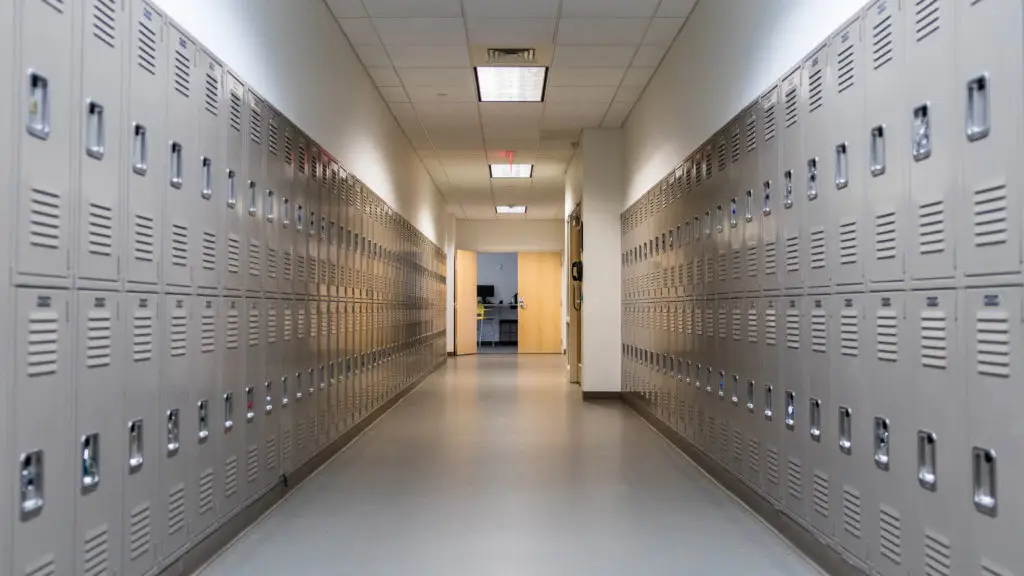School as we know it is gone and it won’t be coming back. Deprived of the ability to physically gather grade-level cohorts of students into large facilities reliably staffed by authorized district employees, it lost—with stunning speed—both operational viability and the consent of the governed.
Already we’re seeing divergent responses to this new reality.
Administrators—responding to political pressure and often against their own instincts—are trying frantically to put Humpty together again and “reopen” some version of school, if only temporarily or only virtually.
At the same time, increasing numbers of parents and teachers are routing around the damage and creating parallel or alternative structures for teaching, learning, and childcare. For now, districts are likely to accommodate these alternatives because the system is too preoccupied to respond, too weak to resist, and too constrained to offer palatable and scalable solutions of its own.
This moment of vulnerability creates a 100–year leapfrog opportunity: Let’s not attempt to “build it back,” which is to build it backward. Let’s not settle for making the old school system blueprint more “resilient.” Instead, let’s create a new system that is antifragile from the start. Where resilient systems resist shocks and stay the same, systems that are antifragile embrace shocks and get better.
What might it look like for public education to solve for known needs while creating a receptive environment for unforeseen opportunities?
We know that this fall, as before, as always, students will be expected to engage with some material, whether a district curriculum, a YouTube video, a workshop with a museum docent, the prompt of a teacher assignment, or the narrative of a community elder. We know that they will need, as ever, help with their questions following first exposure and reflection. They will need practice and iteration. We know that they and the rest of the system will need a feedback loop for whether the instructional goal has been met. If it has, students will need the next step. If not, we need to understand why not and provide an appropriate intervention. Step and repeat.
We also know that since April, the work of teaching has no longer been the sole responsibility of teachers, but instead distributed across many people and channels. We know that the work of learning was untethered from the school building and distributed across many places. We know that this will continue, will accelerate, as more providers step up to offer curricula, instructional support, and gathering spaces, including—we should hope—opportunities that we can’t anticipate.
An antifragile system would embrace that open-endedness and turn it into an asset. Patches for fall would become the foundation for a new configuration of service delivery. Some antifragile components come quickly to mind:
- Instructional “pods” (online and off), consisting of manageable numbers of kids and good-enough content guides/helpers. In district schools, these are the grade-based cohorts being organized to reduce class sizes and make remote teaching manageable, with district-sponsored teachers as instructional leads. Let’s also support pods organized by parents, teachers, community and informal learning spaces, and others who opt out of or build on top of district arrangements.
- Free public-facing instructional “genius bars,” organized by districts or nonprofits to support the pods and backstop anyone in the community—parents, childcare providers, museums, libraries—who enable kids’ learning and well-being. These can be staffed by a wide range of qualified people, not just active school personnel.
- To support their teachers and principals, districts should create back-office teams that analyze attendance and engagement data in real time to create instructional and administrative interventions. No student, classroom, or school should fall through the cracks.
- Safe physical spaces of any and all kinds to host in-person pods and to get kids out of the house, for God’s sake.
- Nontraditional, unconstrained assumptions about how to partner, staff, train, and finance these services. Cast the widest possible net of individuals and organizations to ensure that traditional system staffing constraints do not limit the support available to schools and families. Create local and state “CovidCorps” for both public service and employment opportunities.
- Lean, transparent, real-time monitoring, inspection, and audit mechanisms for all of the above, including health and facilities checks for all participants. Demonstrate that government can enable responsive, effective, community-based solutions.
Each of these addresses a known need while also creating useful affordances for needs and opportunities we can’t anticipate. All are nuanced, but none are rocket science. They all cost money, but so does any other approach. They can either exacerbate or ameliorate inequity—another reason we should seize the inclusive design opportunity that is present right now to ensure they become a public good.
From the perspective of the past, with its stable assumptions and single point of failure, schools this fall face a number of existential crises. From the antifragile perspective of the future, however, schools, communities, policymakers, and funders have been gifted with a revitalizing project of service (re)design, not just of teaching and learning, but of all the services and outcomes we want “school” to provide. In both cases, the short-term challenges are the same. The difference—which we can choose—is whether to look forward or back.




